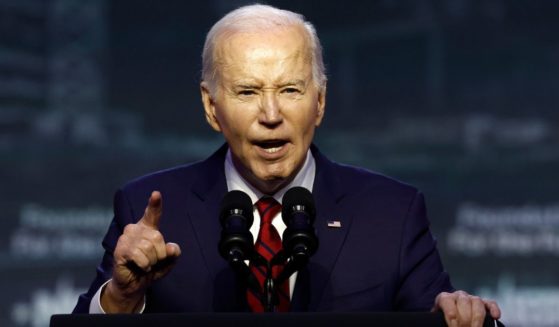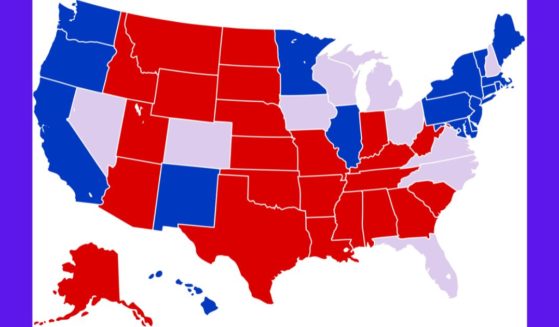Get the latest news delivered right to your email.
2024 Election
Top Stories
Advertisement
Hollywood Is Reportedly in Rough Shape and in the Midst of Massive Change: 'Money Is So Tight'
"But we’re seeing things go out that don’t get any buyers, which is unusual. That hasn’t happened in a while."
By Bryan Chai
April 25, 2024
Comment
MoreShare
Biden, Feds Possess Secret AI Tool to Censor and Indoctrinate 'At Scale' Ahead of Election - What You Need to Know
The House Judiciary Committee says there's an AI censorship program designed to skew the narrative toward the left before the 2024 election.
By Laura Wellington
April 25, 2024
Comment
MoreShare
Biden Calls for Record-High Taxes ... We're Closing in on a 50% Rate
Biden's proposed tax increase called forth a debate from another era and reminded us that our Founders would not tolerate this government.
By Michael Schwarz
April 25, 2024
Comment
MoreShare
Southwest Airlines Cuts 2,000 Workers, Loses Over $200M as Labor Costs Soar
Southwest CEO Bob Jordan said Boeing’s ongoing production and safety issues were partly to blame for the airline's rough quarter.
By Johnathan Jones
April 25, 2024
Comment
MoreShare
Bidenomics: Inflation Killing The American Dream - $100k No Longer Enough To Survive in These States
"It becomes increasingly hard for many families to be able to attain that sort of middle-class lifestyle, that American Dream."
By George C. Upper III
April 25, 2024
Comment
MoreShare
Report: Family Outraged at Disney World - Realized the Evil Queen 'Actress' They Took Pics with Was a Man
A father was outraged when it appeared that Walt Disney World reportedly hired a man to interact with children as the Evil Queen.
By Allison Anton
April 24, 2024
Comment
MoreShare
Anti-Israel Agitators at UT-Austin Learn the Hard Way That Texas Does Things Differently Than Blue States
The difference between how red states and blue states are handling these protests is night and day. It just goes to show you what works.
By Laura Wellington
April 25, 2024
Comment
MoreShare
Interviewer's Simple Question Gets NYU Protester to Admit She Has No Idea What's Going On: 'I Wish I Was More Educated'
These protesters didn't even try to act as if they knew the reasons they were protesting NYU at all, admitting ignorance almost immediately.
By Allison Anton
April 24, 2024
Comment
MoreShare
Advertisement
Biden, Feds Possess Secret AI Tool to Censor and Indoctrinate 'At Scale' Ahead of Election - What You Need to Know
The House Judiciary Committee says there's an AI censorship program designed to skew the narrative toward the left before the 2024 election.
Comment
MoreShare
'Woman': The Left's Absurd Quest to Redefine the Term
The question “What is a woman?” is perfectly leveraged to produce absurdity because to pose this question is absurd.
Comment
MoreShare
Biden Breaking the Ten Commandments: Part Four - Bidenomics Subverts the Sabbath
Biden is upsetting the balance of rest and work ordered by God — and Americans are paying the price economically and spiritually.
Comment
MoreShare
Advertisement

































